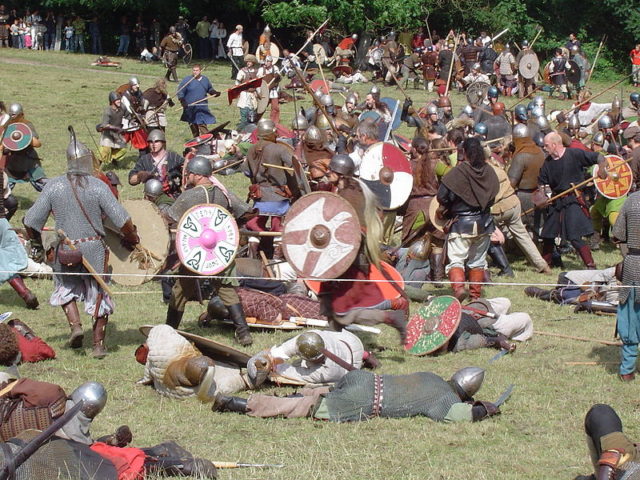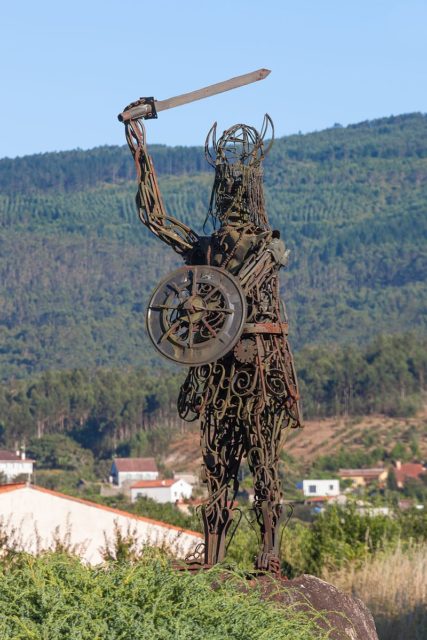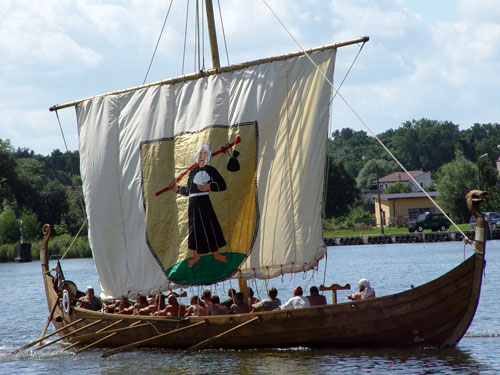Raid, pillage, and conquer– all in the name of love. Love is strong emotion and this was the compelling motive for young Vikings. According to new research, love was hard to come by in Scandinavia for poor young men.
This was in part due to polygamy practiced by rich Vikings; the rich Vikings were accustomed to more than one wife. This drove young men far and wide to pillage, raid, and kill all in the name of love, or at least having an opportunity at winning a hand in marriage, as researchers from the Canadian and Swedish Uppsala Universities reveal in their latest study.

The shortage of eligible bachelorettes in those times was due to rich Viking men who were able to marry more than one women. This left the poor Viking men to take up arms in order to have a chance at getting married. Young Viking men joined in raids so that they could get rich. Their status on the return would improve their chances of landing a fair maiden in marriage. But they were also known for kidnapping Celtic women.
The Viking Age dates to the 8-th century and lasted until the 11-th century. The raiders had reached the shores of Britain a thousand years ago. And despite the usual bloodthirstiness that is synonymous with them, now it’s been revealed that the young Vikings were love struck men in search of their fair maiden back home.

During the height of the Viking age, they explored the rest of Europe via sea and rivers. Previous research had shown that Vikings traveled for trade, colonization, and raids. Historians believe that they had been raiding other lands as retaliation for the incursion into theirs.
This is part due to the persecution by Charlemagne and incursion by Christian missionaries into their homelands. This new research provides a more understandable motive for their bloodthirst.

In the research study published in the journal Evolution and Human Behaviour, the researchers have submitted that many low-status Viking men had to engage in risky behavior to improve their social status in order to get married.
These hypotheses were based on archaeological evidence, contemporary writings and theories of evolution.
